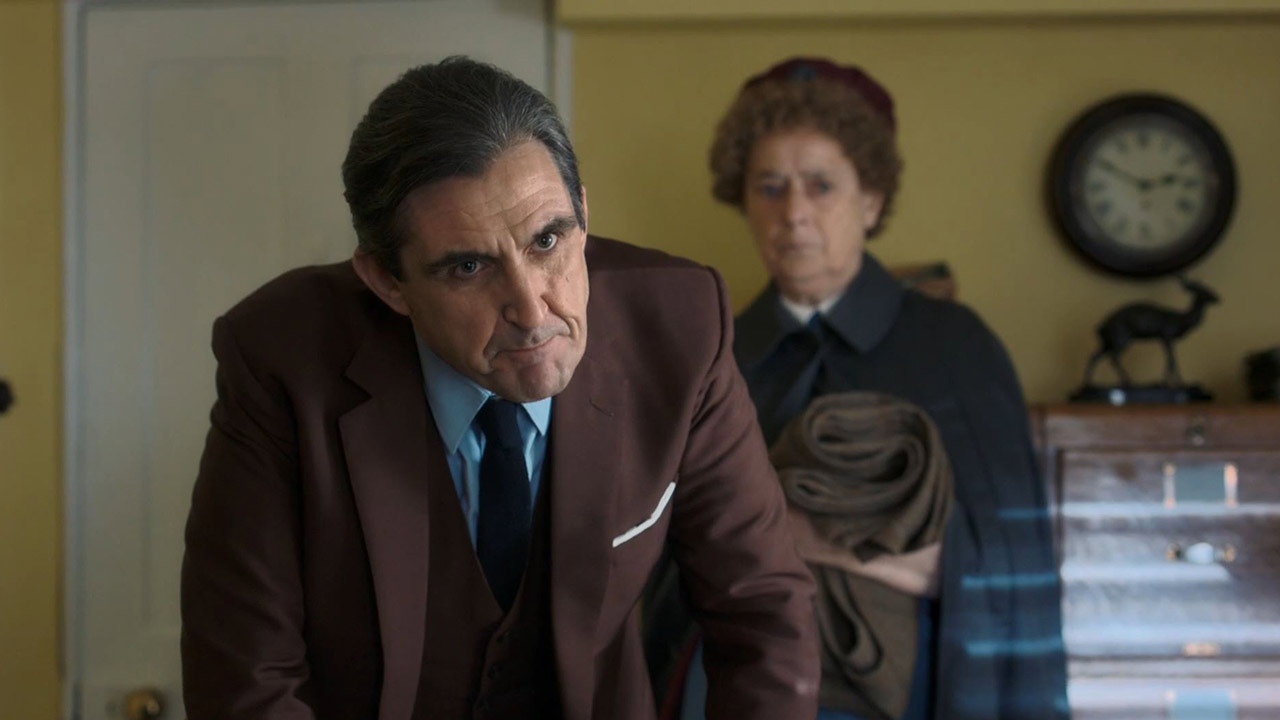
Well, I just want to say up front that the end of this episode was worth waiting for as we witnessed Sister Monica Joan’s (played splendidly by Judy Parfitt) restoration of faith via a truly unexpected vehicle. As she stood over the placenta from the birth she had just attended with student midwife Nancy Corrigan, it inspired in her – more like ignited in her – memory of the miracle she saw every time she examined a placenta when she was practicing as a midwife. Like Sister Monica Joan, one of my favorite things about birth is to marvel at the miracle of the placenta. I always ask the woman and her partner if they would like to see the placenta and encourage them to let me show them this “unsung hero” of pregnancy. I point out the membranes that enclosed the baby and fluid, and the side of the placenta that faces the uterine wall, noting for them all the many pillows of tissue (cotyledons) that communicate lifegiving force between mother and baby. Lastly, I show them the side of the placenta that faces toward the baby, pointing out how all the blood vessels stem from the umbilical cord, resembling a main trunk, with the vessels resembling branches from that trunk. I tell them that I like to think of the placenta as “the tree of life”. I’m sure some people in the room who hear my placenta talk may chalk it up to some stereotypical midwife behavior, and that’s just fine by me. As Sister Monica Joan says, marveling at placentas is “one of 1,000 things that make midwifery a privilege”.
Speaking to another theme of this episode, it never ceases to amaze me how episode topics that were relevant in the time of the series are still relevant, and in the news, today. I am speaking about aversion therapy, which the young man in the story sought out at the private clinic of a certain Dr. Leadmead to try to convert from being gay. Aversion therapy is a type of psychotherapy which associates unpleasant stimulus (like electric shock) with what is deemed to be a patient behavior that one would like to change. When Dr. Turner and Nurse Phyllis Crane find the young man in a wretched state at the conversion clinic, the technician admits that the patient was being injected with a type of morphine which was common at that time to induce vomiting. The patient was shown visual images, often pornographic (which Phyllis discovered in the folder next to the bed and asked to be removed from the room) and vomiting induced to associate the unpleasant sensation of vomiting with the content of the pictures.
In the early days of aversion therapy, it showed mixed success in curing addiction to substances like cigarettes or alcohol. The therapy became popular in the 1950’s, however, for “treating homosexuality” which, at that time was listed as a psychiatric disorder in the Diagnostic and Statistical Manual of Mental Disorders (DSM) of the American Psychiatric Association (APA). As far as being a purported therapy for “treating homosexuality”, aversion therapy has rightfully been deemed not only ethically wrong, but also extremely dangerous. Thankfully in 2015, the Obama administration called for a ban on conversion therapy aimed at changing one’s sexual orientation or gender identity. Several states have banned it, although it still occurs as many aversion therapy practitioners are unlicensed, and most states do not regulate unlicensed practitioners.
Watching the psychological pain and distress that the young man in this episode endures coming out to his parents, and the reaction of his parents was especially painful realizing that though this episode represents a time more than 50 years ago, this conversation still plays out, and in much the same way, repeatedly today. The shame and isolation that LGBTQ+ young people still feel contributes to the all too high suicide rates among our young people. We can, and we must, do much better.
Get Another Take: Recommended Call the Midwife Recaps
From Thirteen.org | The British Tele Dish
From WTTW Chicago | The Playlist Blog
From NPT Nashville | The Vanderbilt University School of Nursing Recap
From WETA Washington | The Tele Visions Blog
From WGBH Boston | Watch Drama After Dark or Read the weekly recap